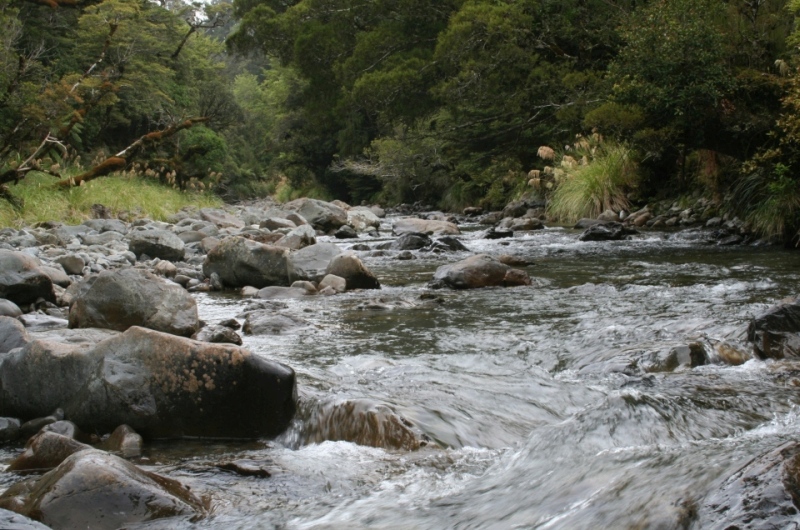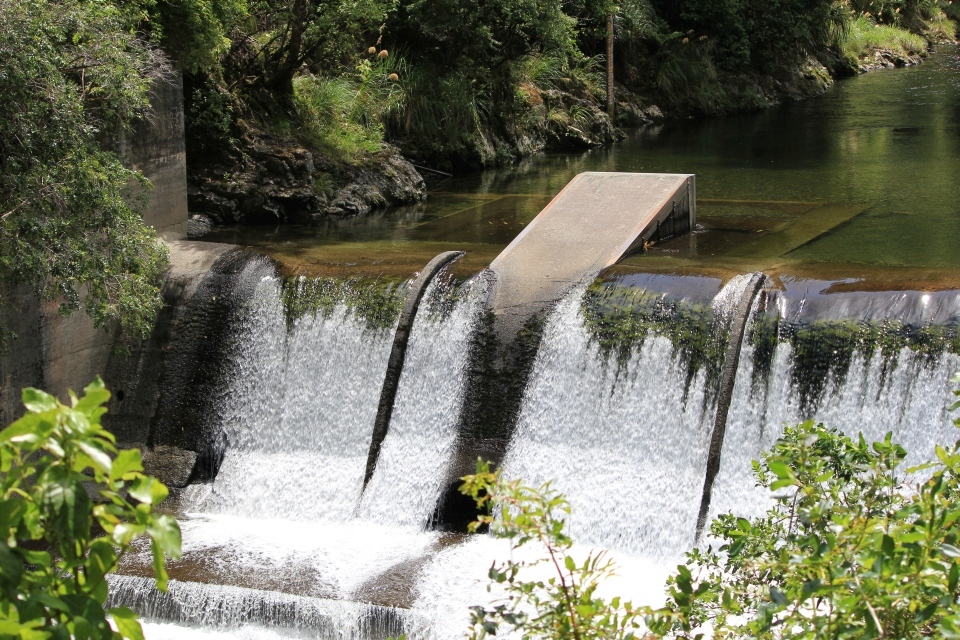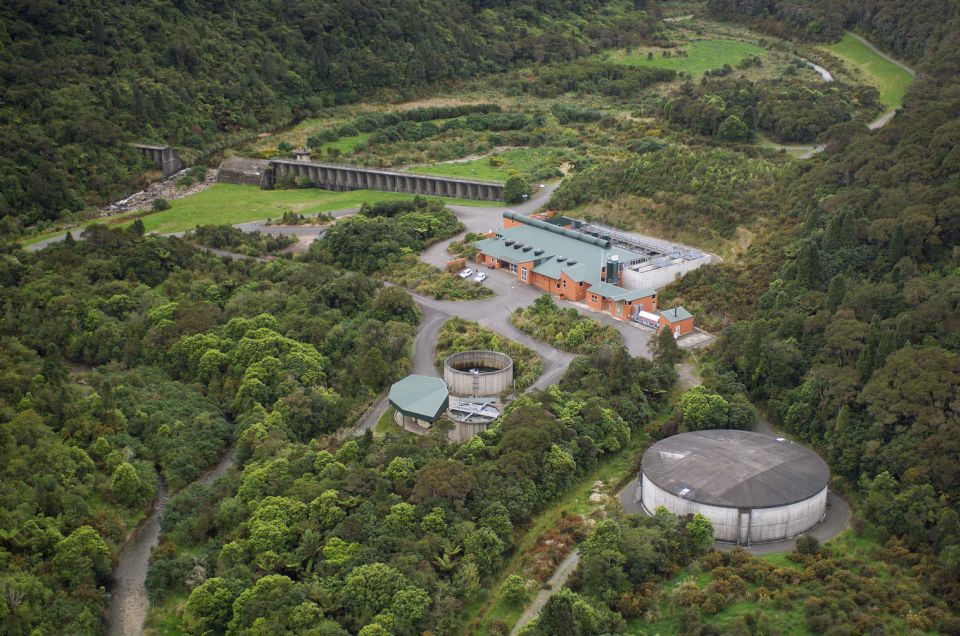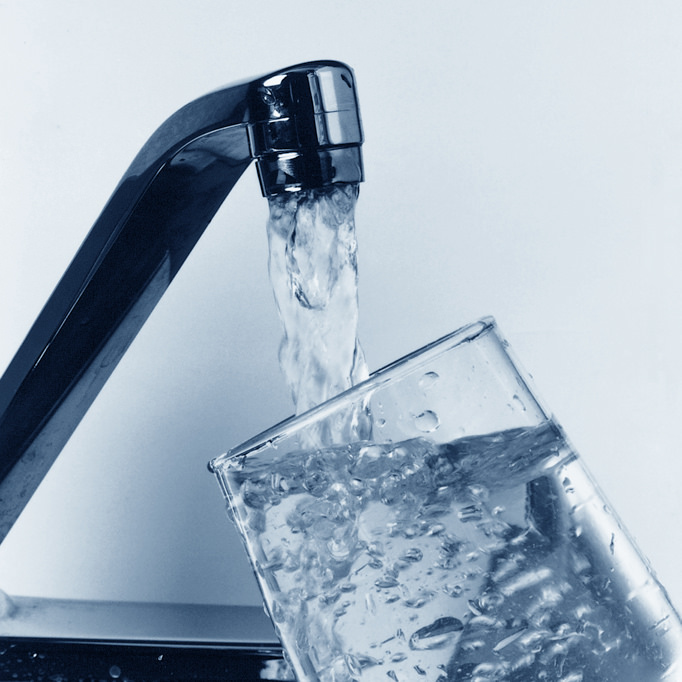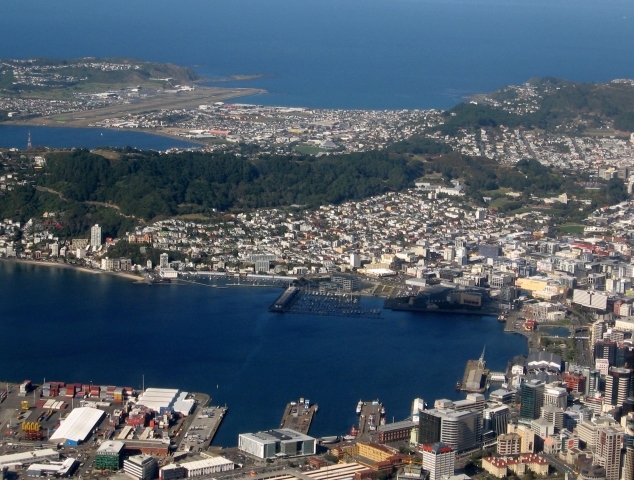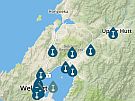The simplest water supply is just a well with a pipe from it, or a pipe from a river or lake, sometimes with a pump and storage tank. Water needs to be free of harmful chemicals and bacteria for it to be safe to drink.
Risks to drinking water
In New Zealand and around the world the greatest risk to water supply comes from bacteria. Animal, bird and even human pooh can make water unsafe to drink if it enters the water supply.
There are two ways of controlling the risk from bacteria:
- Keep the water source as clean as possible, by looking after the area around this water.
- Treat the water to remove harmful chemicals and bacteria.
Often both methods are used along with regular testing of the water to make sure it is safe to drink.
Water treatment plants
Treatment plants are used to make sure water is safe to drink. The most common treatment is adding chlorine to kill any bacteria in the water. This treatment will also kill any bacteria that later enters the water as it moves through pipes to homes and other buildings.
Other treatment includes:
- coagulation (making fine particles drop out)
- filtering and reducing the cloudiness of the water.
Treated water moves through a network of pipes. Pumps may be needed to move water up hill. Larger cities such as Wellington have more than one treatment plant. There are four treatment plants in the Wellington region.
The Wainuiomata Water Treatment Plant – an example of how water is made safe to drink
Water collection
- Before the water treatment plant water is collected from a natural source.
- Screening the water - The water that has been collected must be screened to remove any big items, such as, grit, sand, gravel, rocks, sticks and leaves. Other impurities are too small to see and must be removed in the treatment plant.
Inside the treatment plant 
- Clumping impurities
Because the impurities floating in water can be very small, it’s easier to get them out if they can clump together in bigger groups. Chemicals can be added to the water to attract these impurities like a magnet and bind them together into larger groups that we can see (called floc). - Removing the floc
Millions of tiny bubbles of air are pumped into the water. The bubbles join onto the floc, floating them to the surface where they form a ‘floc blanket’ which can then be removed and treated. The floc is spun to remove water and a sludge is left behind. This sludge goes to the landfill. - Filtering the water
The water that is left under the floc blanket flows through a sand filter at the bottom of the tank. The clean drinking water has a long way to go from the water treatment plant, through pipes to local storage lakes and then through more pipes before it reaches taps. - Adding Chlorine and Flouride
Before the water leaves the treatment plant, chlorine is added to kill any bugs that may be left in the water or that might enter the water over the long journey. Fluoride is also added before it reaches our taps, to help keep our teeth strong and healthy. - The water is tested throughout the treatment process to make sure it meets New Zealand’s drinking water standards.


